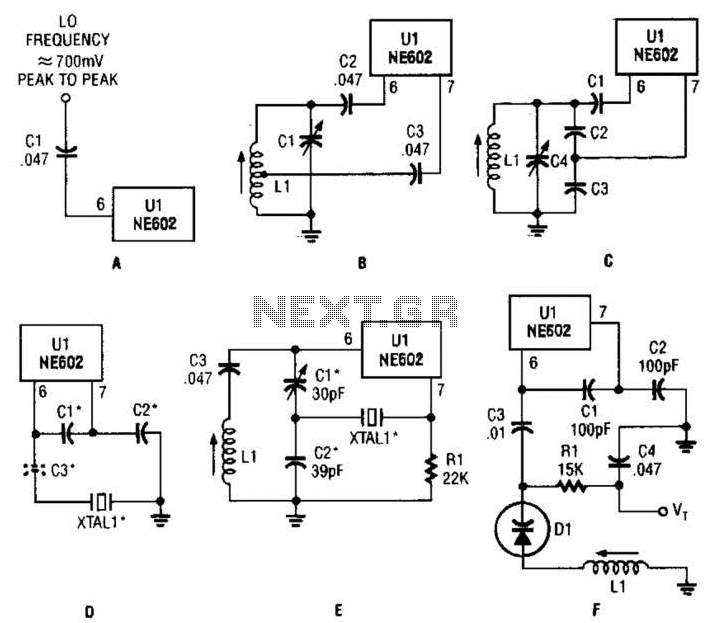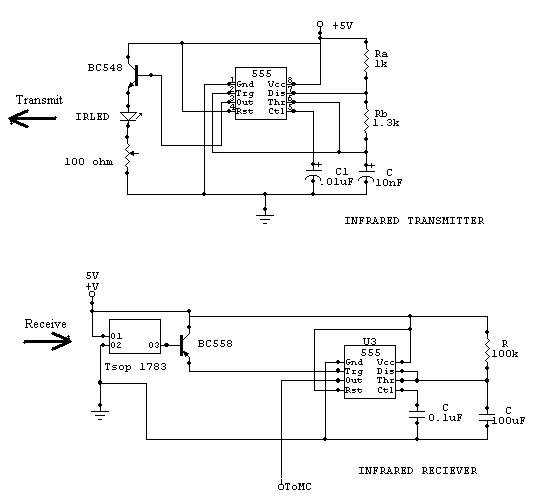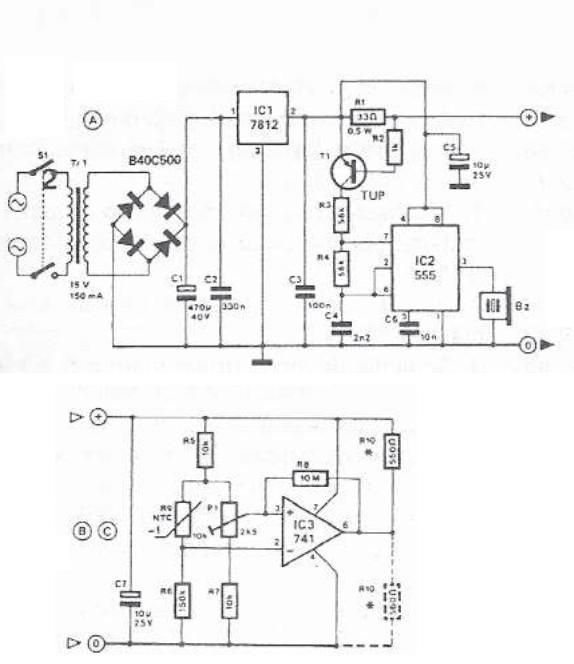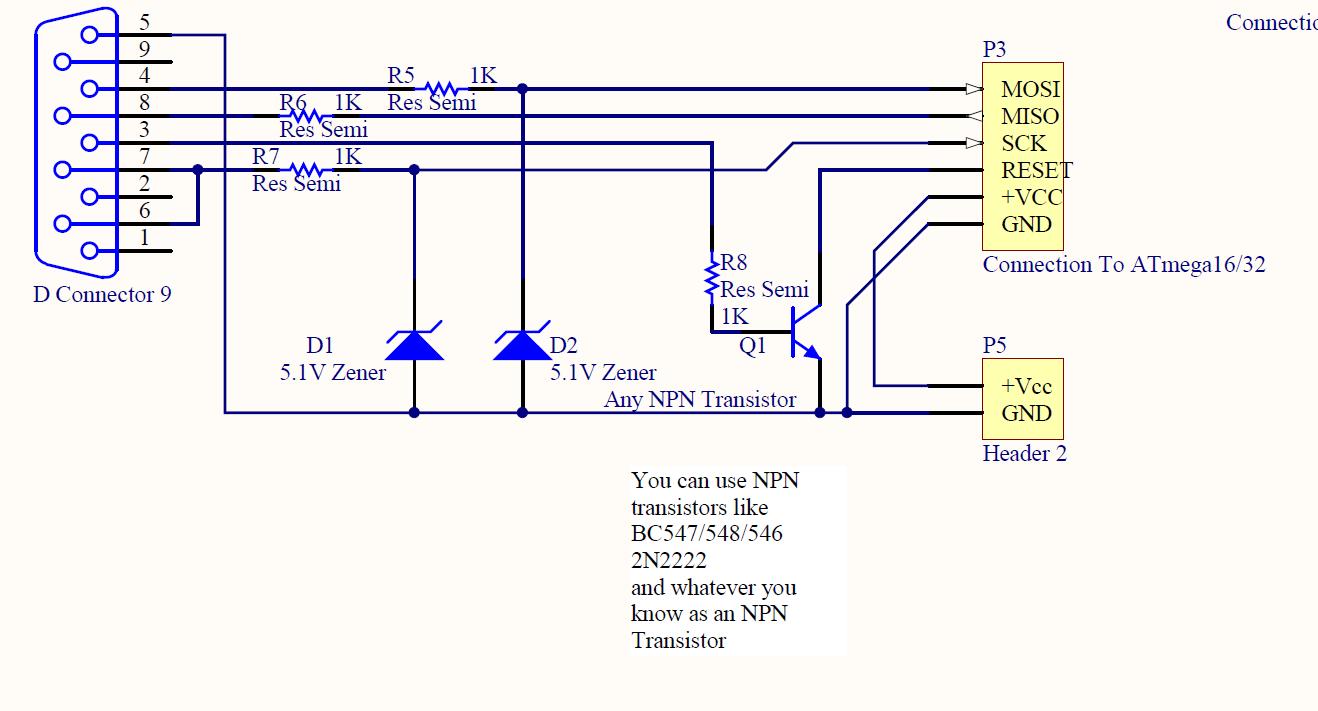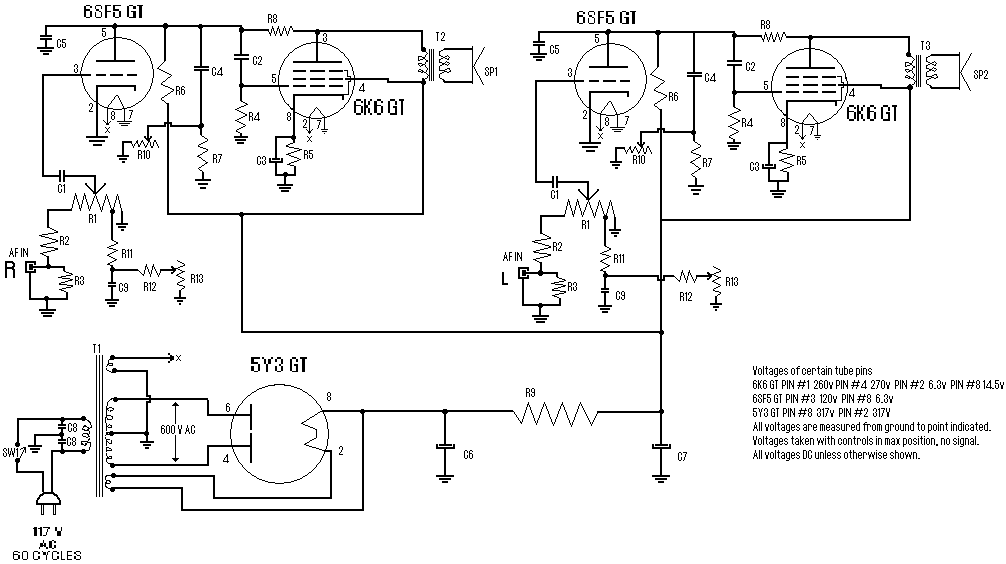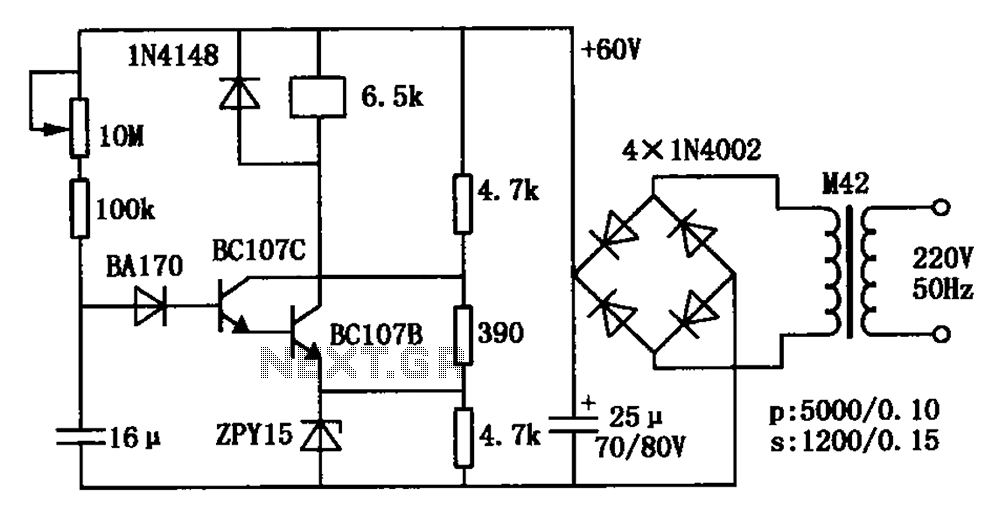
An attenuated tone control circuit diagram
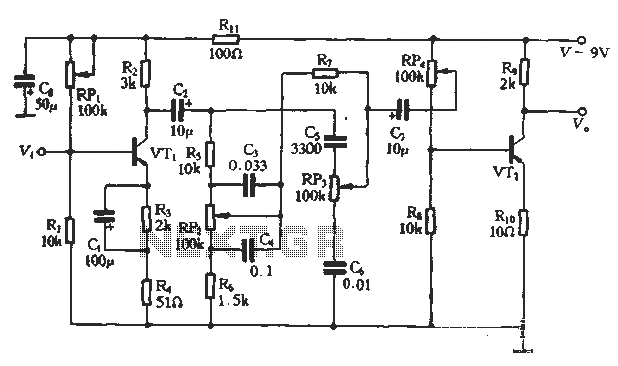
This article presents a diagram of an attenuated tone control circuit. The circuit primarily consists of transistors and RC networks as its components. The circuit operates in such a way that the shunt effect of capacitor C4 and resistor R significantly attenuates high-frequency components while enhancing bass frequencies. When the sliding contact of the potentiometer is positioned at the lower end, capacitor C is effectively short-circuited, allowing the audio signal to pass through transistors Q, resistor R5, capacitor C3, and transistor VT2 to the base. Due to the smaller capacitance of capacitor C3, the bass signal is less affected, making it difficult for the bass frequencies to pass, resulting in attenuation of the bass. The potentiometer RP2 serves to adjust the bass control. The circuit is also designed with a treble control potentiometer. When the sliding contact of this potentiometer is at the upper end, the audio signal is directed to the base of transistor VT2 through capacitor C5. Given that capacitor C5 has a smaller capacitance, it allows treble frequencies to pass while attenuating the bass. Additionally, the impedance introduced by resistor RP3 and capacitor C6 further bypasses a significant portion of the treble, enhancing treble frequencies. Conversely, when the sliding potentiometer is positioned at the lower end, treble attenuation occurs due to the weakening effect of RP3 and C6, resulting in reduced treble output.
The attenuated tone control circuit is designed to provide adjustable bass and treble control for audio applications. The circuit employs two potentiometers: one for bass adjustment (RP2) and another for treble adjustment (RP3). The use of transistors Q and VT2 allows for amplification and control of the audio signal, while the RC networks formed by the capacitors and resistors are critical for shaping the frequency response.
In the bass control section, the interaction between capacitor C3 and resistor R5 plays a pivotal role. When the bass potentiometer is adjusted, the impedance changes, affecting how much of the bass signal is allowed to pass through. The design ensures that at lower settings, the bass is attenuated, providing a more balanced audio output.
For the treble control, the circuit utilizes capacitor C5 and resistor RP3 to manage high-frequency signals. The smaller capacitance of C5 allows for the passage of treble frequencies while effectively blocking bass frequencies. The additional filtering introduced by capacitor C6 and resistor RP3 further enhances the treble output, providing a clear and crisp sound.
Overall, this attenuated tone control circuit is an effective solution for adjusting audio frequencies, allowing users to tailor their listening experience by managing the balance between bass and treble. The careful selection of component values and the arrangement of the circuit elements ensure that the desired audio characteristics are achieved, making it suitable for various audio applications.This article is an attenuated tone control circuit diagram. This circuit is mainly composed of transistors and RC networks are network components. As shown below, since the C4, R shunt effect, the high-frequency component is very attenuated relative to enhance the bass. When the sliding contact potentiometer located at the lower end, C is short-circuited, the audio signal Q, R5, C3, VTz horses to the base, and C since the Q series, due to the smaller capacity of C3, the larger of the bass signal exhibits capacitance, bass difficult to pass, so the bass is attenuated, so RP2 bass played a role in the control.
Foundation designed treble control potentiometer, when the foundation designed sliding contact potentiometer located at the upper end, the audio signal is sent to Pakistan and c5 series VT2 base. Since / C5 capacity is small, the capacitance of the great bass, bass is not passed, while the treble can be passed.
But also because after RP3 and C6 series impedance is large, bypassing much of the treble, so relatively enhance the treble. When the puzzle, sliding potentiometer point located at the lower end, treble attenuation due by RP3 and C6 bypass weakened, so that the treble was attenuated.
The attenuated tone control circuit is designed to provide adjustable bass and treble control for audio applications. The circuit employs two potentiometers: one for bass adjustment (RP2) and another for treble adjustment (RP3). The use of transistors Q and VT2 allows for amplification and control of the audio signal, while the RC networks formed by the capacitors and resistors are critical for shaping the frequency response.
In the bass control section, the interaction between capacitor C3 and resistor R5 plays a pivotal role. When the bass potentiometer is adjusted, the impedance changes, affecting how much of the bass signal is allowed to pass through. The design ensures that at lower settings, the bass is attenuated, providing a more balanced audio output.
For the treble control, the circuit utilizes capacitor C5 and resistor RP3 to manage high-frequency signals. The smaller capacitance of C5 allows for the passage of treble frequencies while effectively blocking bass frequencies. The additional filtering introduced by capacitor C6 and resistor RP3 further enhances the treble output, providing a clear and crisp sound.
Overall, this attenuated tone control circuit is an effective solution for adjusting audio frequencies, allowing users to tailor their listening experience by managing the balance between bass and treble. The careful selection of component values and the arrangement of the circuit elements ensure that the desired audio characteristics are achieved, making it suitable for various audio applications.This article is an attenuated tone control circuit diagram. This circuit is mainly composed of transistors and RC networks are network components. As shown below, since the C4, R shunt effect, the high-frequency component is very attenuated relative to enhance the bass. When the sliding contact potentiometer located at the lower end, C is short-circuited, the audio signal Q, R5, C3, VTz horses to the base, and C since the Q series, due to the smaller capacity of C3, the larger of the bass signal exhibits capacitance, bass difficult to pass, so the bass is attenuated, so RP2 bass played a role in the control.
Foundation designed treble control potentiometer, when the foundation designed sliding contact potentiometer located at the upper end, the audio signal is sent to Pakistan and c5 series VT2 base. Since / C5 capacity is small, the capacitance of the great bass, bass is not passed, while the treble can be passed.
But also because after RP3 and C6 series impedance is large, bypassing much of the treble, so relatively enhance the treble. When the puzzle, sliding potentiometer point located at the lower end, treble attenuation due by RP3 and C6 bypass weakened, so that the treble was attenuated.
